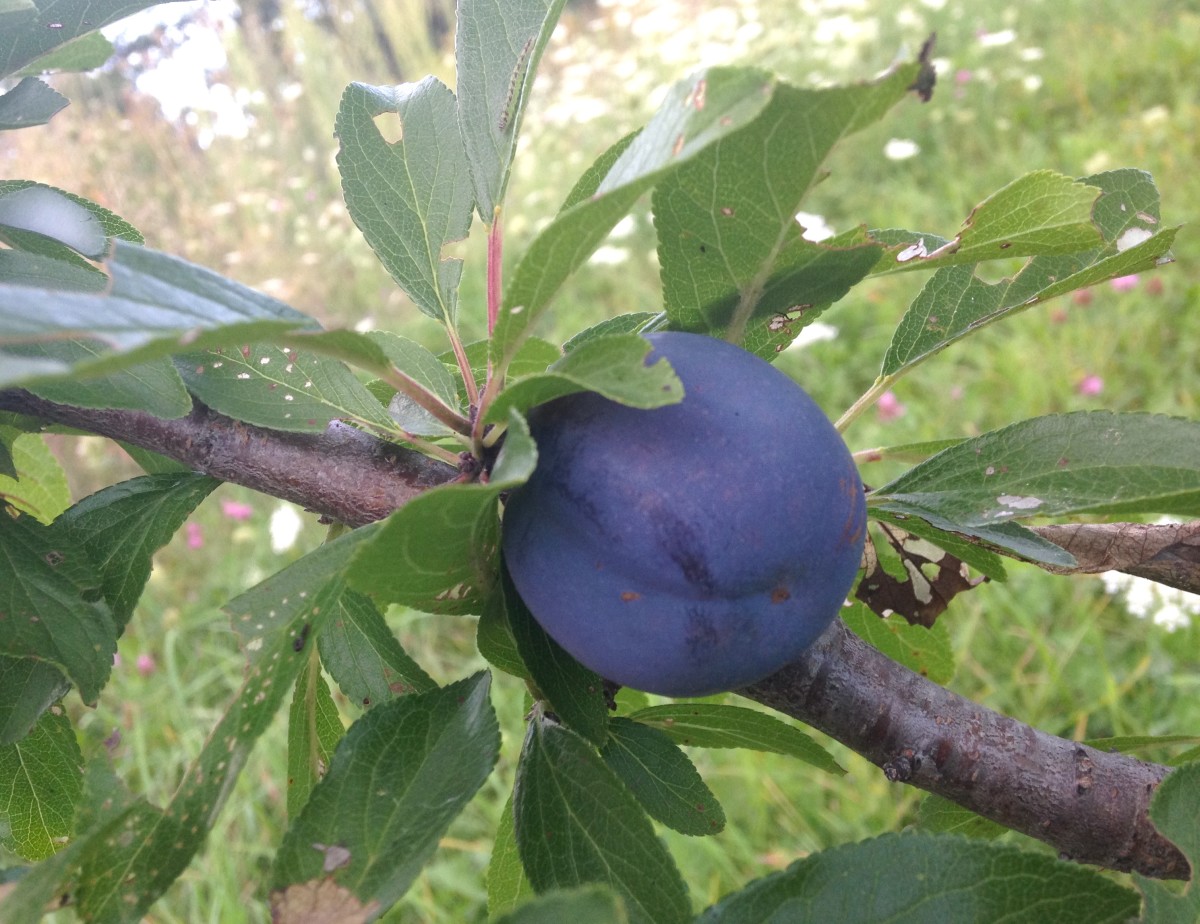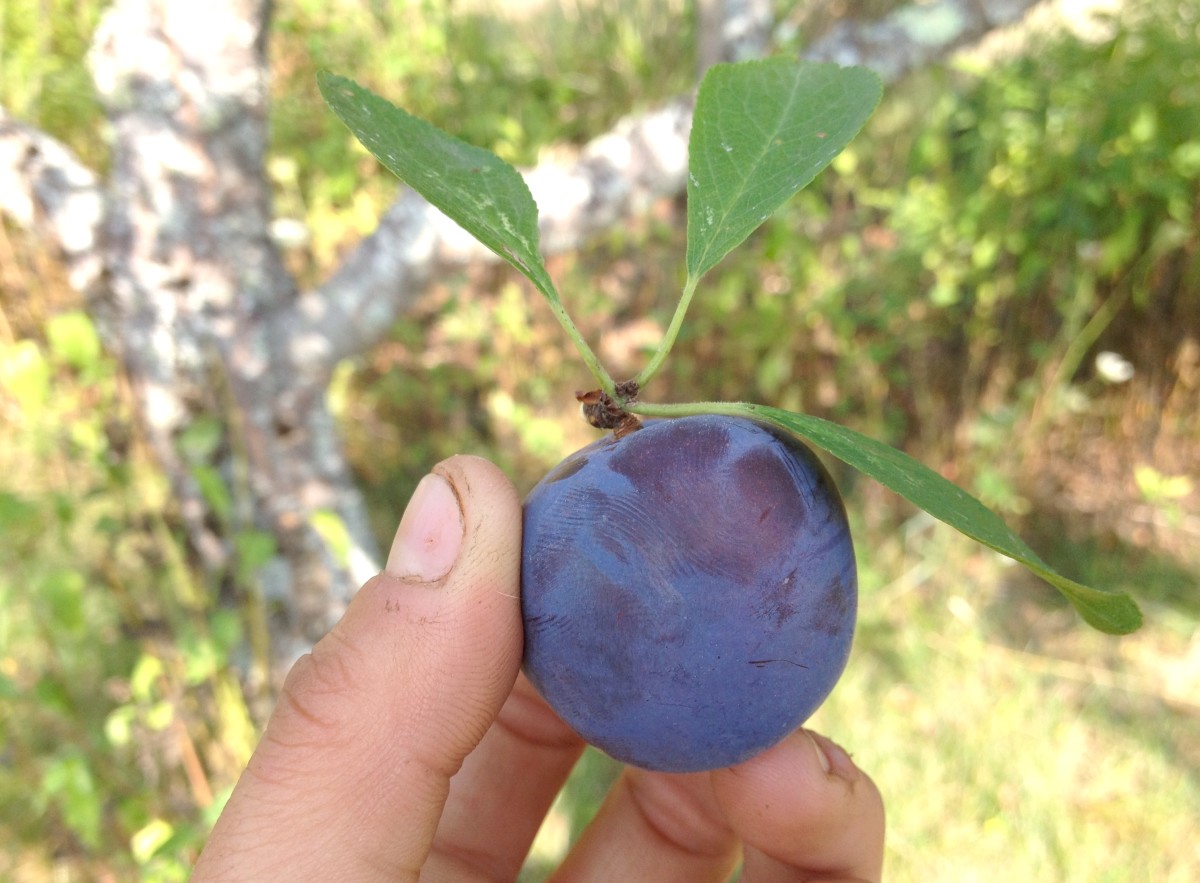Friend and avid fruit grower Dan Kennedy of Searsmont, Maine, grows 17 different varieties of highbush and rates Elizabeth and Blueray as his top favorites. He describes the bushes as bearing dense clusters of large fruit with a balanced flavor of sweet and tart. According to a New York Times article, Elizabeth White considered it to have “exquisite flavor.” Stores well in refrigeration.
Large vigorous upright shrub has strong spreading lateral branches. Z4. (gallon pot, 15–20")
Items from our perennial plants warehouse ordered on or before March 7 will ship around March 31 through late April, starting with warmer areas and finishing in colder areas. Orders placed after March 7 will ship around late April through early-to-mid May, in the order in which they were received.





